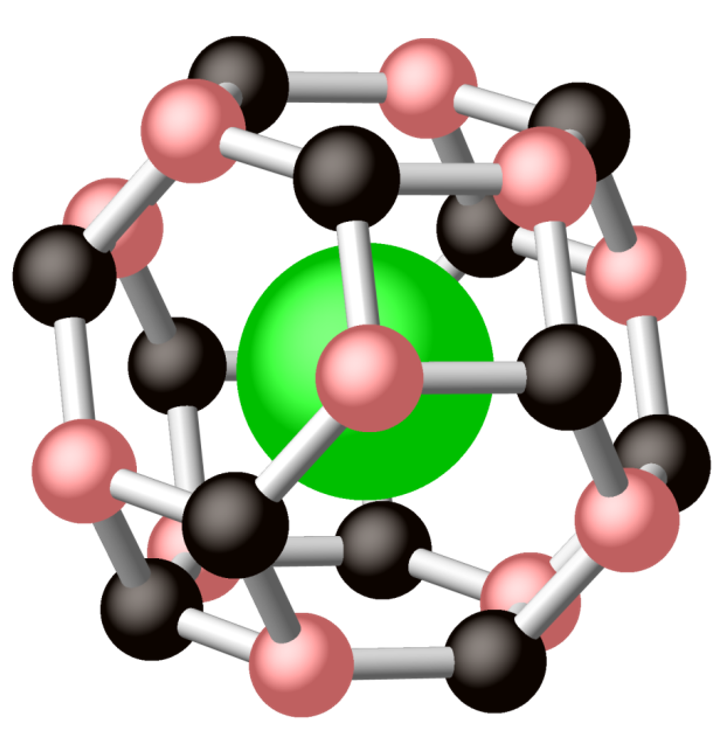In the past 15 years, we have seen tremendous advancements in computational algorithms that allow for accurate prediction of ground-state crystal structures given only information regarding chemical composition. For the case of structures on the convex hull, computational predictions are now remarkably successful. But what about the structures above the convex hull? Can computational prediction help guide actual synthesis pathways?
A long-term research goal is to predict synthesis pathways in order to help produce the most challenging metastable materials in the laboratory. What is the best starting point and processing pathway to obtain the exceptional materials that lie only slightly above the convex hull?



